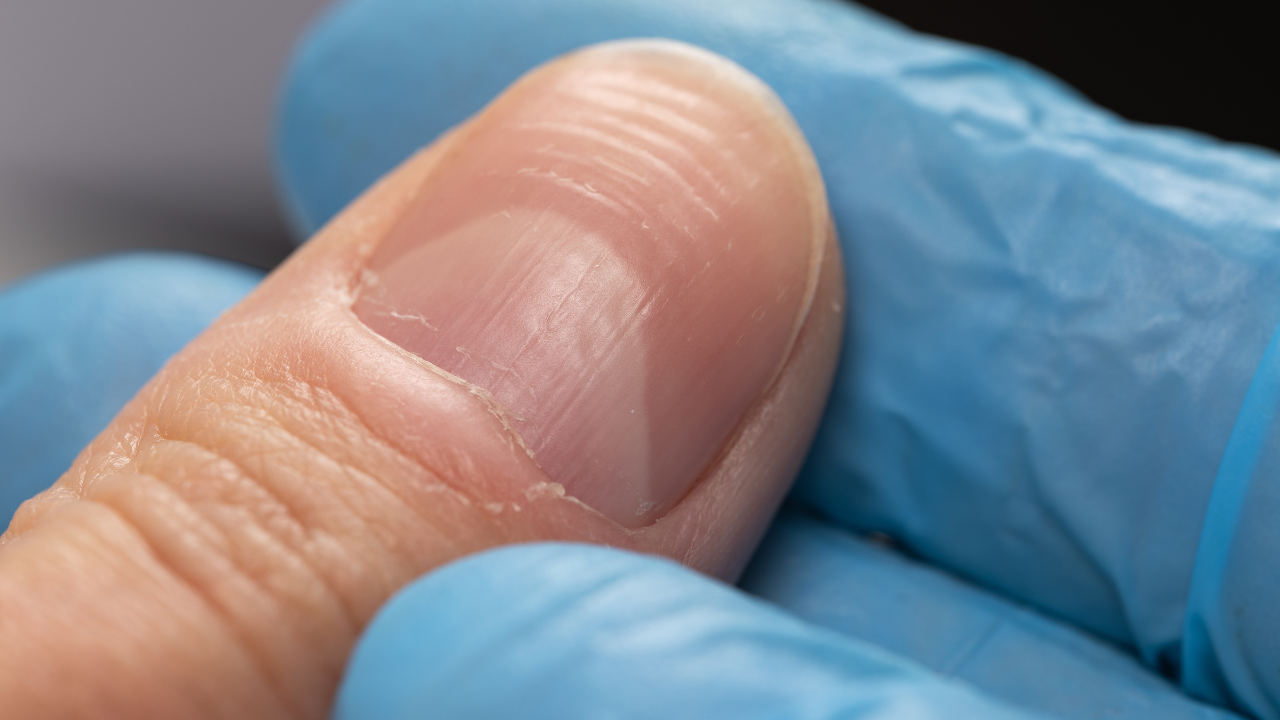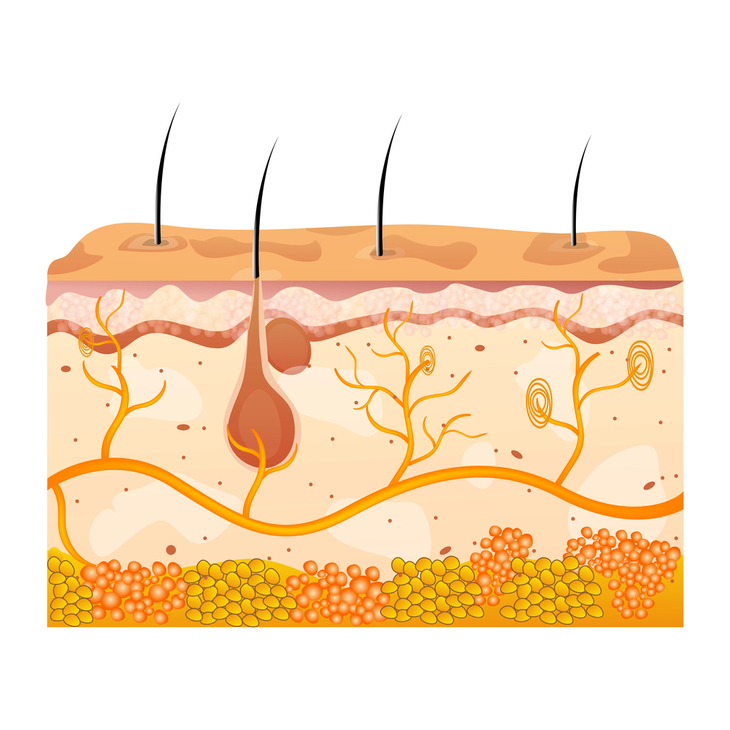
The tiny
crescent present at the base of our nails is often ignored but can reveal
various things about our health/ this pale half-moon, called the lunula, might
look like a minor detail, yet it can tell a lot about how our heart, kidneys,
and overall body atr doing. Doctors often observe the nails as a window into a
person’s health, and the lunula plays a key role in that story.
What exactly
is the Lunula?
The term
lunula comes from the Latin word for “little moon”. It’s the whitish, curved
are near your cuticle, most visible on the thumb. The lunula is actually part
of the nail’s root, the living matrix where new cells form and harden. This means
its colour, shape and size can change with our body’s condition.
While it
may seem decorative, the lunula is a messenger of pour circulation, metabolism,
and even organ function.
Is it
normal to have ( or not have) a Lunula?
Yes, both
can be normal. Some people naturally have clear, large half-moons ; others
barely have any visible ones, as per a study published in the NIH. Fair-skinned
individuals tend to have more noticeable lunulae, while they may be faint or
hidden under darker skin tones.
However,
sudden changes, like a lunula disappearing, turning blue, red, or yellowish,
can sometimes signal something off in the body.
The key
lies not in comparing your nails with someone else’s but in noticing your own
changes over time.
When the
half moon fades away
A missing
or fading lunula can have several causes. For many, it’s just genetics, or
ageing. But if this change happens suddenly, it may indicate issues like low
energy metabolism, anaemia, or poor circulation.
Studies published
in the NIH have linked absent lunulae to conditions such as thyroid disorders
or chronic kidney disease, especially when combined with fatigue or swelling.
On the
other hand, people with low protein intake, vitamin B 12 deficiency, or slow
blood flow may also see the lunula shrink or vanish.
When the
Lunula changes colour or shape
Colour shifts
can carry distinct clues. A bluish or purplish lunula may suggest circulation problems or
heart stress. Red lunulae have been associated with autoimmune or
cardiovascular concerns. A yellowish tint could point to jaundice or nail
infections.
An overly
large lunula, covering more than a quarter of the nail, sometimes appears in
people with high blood pressure or anxiety, as the body’s stress systems stay
on overdrive. On the other hand, extremely small lunulae can show reduced
oxygen supply or low iron.
It’s
important to view these as possible indicators, not directs diagnoses. The body’s
systems are complex, and nails reflect them subtly.
When to
talk to a doctor
If you notice
sudden colour changes, pain, or your lunula disappearing along with other
symptoms like fatigue, breathlessness, or swelling, it’s wise to get it
checked. Doctors might suggest tests for thyroid function, heart health, or anaemia
to rule out underlying issues.
Your nails
can’t diagnose diseases on their own, but they can whisper early warnings worth
listening to.









